If you’ve ever watched a ferret in action, you know their world is a whirlwind of chaos, curiosity, and charm. These sleek, slinky creatures aren’t just pets—they’re a living reminder that social life in the animal kingdom can be as tangled and thrilling as any human soap opera. Ferrets live for connection, thrive on play, and have a notorious reputation for pilfering socks, keys, and anything that isn’t nailed down. But what drives their wild behavior, and how do their playful antics reveal a deeper, more intricate social fabric? Let’s slip into the secret world of ferrets, where every day is an adventure in mischief, friendship, and quirky heists.
The Origins of Ferret Social Behavior
Ferrets, or Mustela putorius furo, have a history stretching back thousands of years. Descended from the European polecat, ferrets were first domesticated for hunting purposes, especially to chase rabbits out of their warrens. Living in close quarters with both humans and other ferrets, these animals developed complex social skills and a keen sense for group dynamics. In the wild, their relatives often form loose colonies, learning to cooperate and communicate in order to survive. Scientists believe much of the modern ferret’s social intelligence stems from these early communal roots. This history is key to understanding why ferrets are so playful, mischievous, and deeply bonded with their kind—and with us.
The Mischief Behind the Name
It’s no accident that a group of ferrets is called a “business,” but some enthusiastic ferret lovers prefer the name “mischief”—and for good reason. Ferrets are notorious for getting into trouble. From tipping over water bowls to unrolling entire spools of toilet paper, they seem to have an endless supply of energy and curiosity. Their mischief isn’t just for entertainment; it’s a vital part of how they learn and interact with their environment. By poking their noses where they don’t belong, ferrets discover new things about their world and sharpen their problem-solving skills. Anyone who owns a ferret knows the mix of frustration and awe that comes with their clever antics.
Ferret Play: A Language of Its Own
Ferrets don’t just play for fun—they play to communicate. Play-fighting, chasing, and the famous “weasel war dance” are all ways these animals express excitement, affection, or even a little bit of dominance. Through these energetic games, ferrets learn about boundaries, trust, and the social pecking order within their group. The playful nips and tumbles may look rough, but they are carefully moderated to avoid real harm. Observing a pair of ferrets at play is like watching a silent conversation unfold, full of leaps, spins, and mock attacks that speak volumes about their social intelligence.
Bonding and Loyalty: Ferrets as Family
Ferrets form incredibly strong bonds with each other and with humans. They groom one another, sleep in tangled heaps, and even mourn when a companion is lost. This sense of loyalty isn’t just limited to their own species; many ferrets become deeply attached to their human caregivers, following them from room to room and greeting them with excited dances. Scientists suggest that these bonds are rooted in the ferret’s need for social security, a trait inherited from their wild ancestors who relied on group cohesion to survive. The emotional lives of ferrets are rich and sometimes surprising, filled with affection, jealousy, and even a bit of possessiveness.
The Art of Stealing: Why Ferrets Hoard
If you’ve ever noticed your keys or jewelry mysteriously disappearing, you might have a ferret to thank. Ferrets are natural-born hoarders, stashing away shiny or interesting objects in hidden corners. This behavior isn’t just mischief—it’s instinct. In the wild, mustelids often cache food for lean times. Domesticated ferrets have turned this skill into a playful game, delighting in the act of “stealing” and hiding their treasures. The joy of theft is so ingrained that some ferret owners make a game of finding their pet’s secret stash, often discovering a hilarious mix of socks, toys, and household odds and ends.
Communication: From Chitters to Dooks
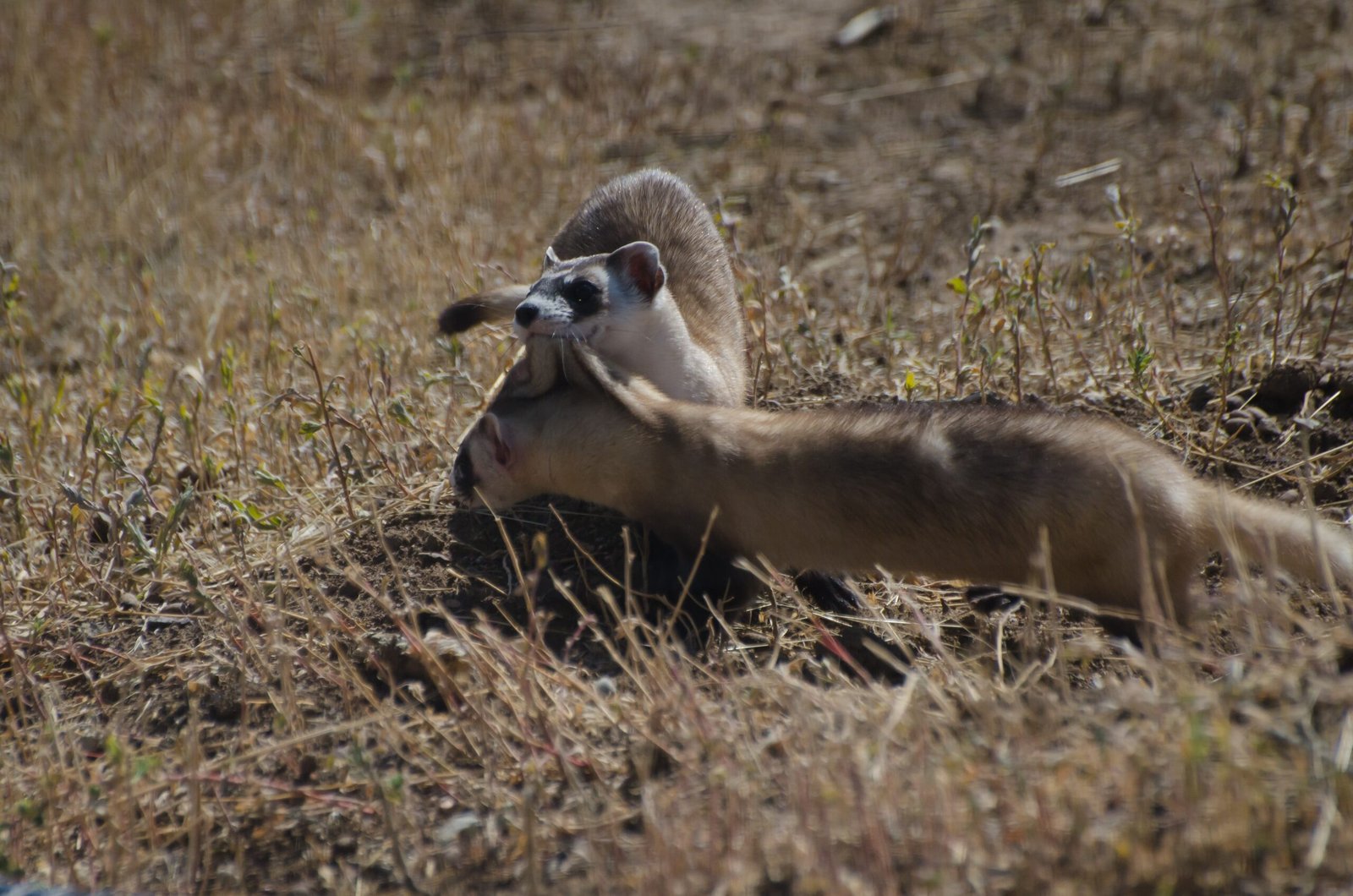
Ferrets have a surprisingly wide range of vocalizations and body language. The most famous is the “dooking” sound, a happy, chattering noise that signals excitement. When annoyed or frightened, ferrets may hiss or even scream, though this is rare. Their body language is just as expressive: an arched back and puffed tail mean play, while flattened ears signal fear or irritation. Understanding these cues is crucial for anyone wanting to connect with a ferret on a deeper level. It’s almost like learning a second language—one built on sound, motion, and intuition.
Hierarchy and Social Structure
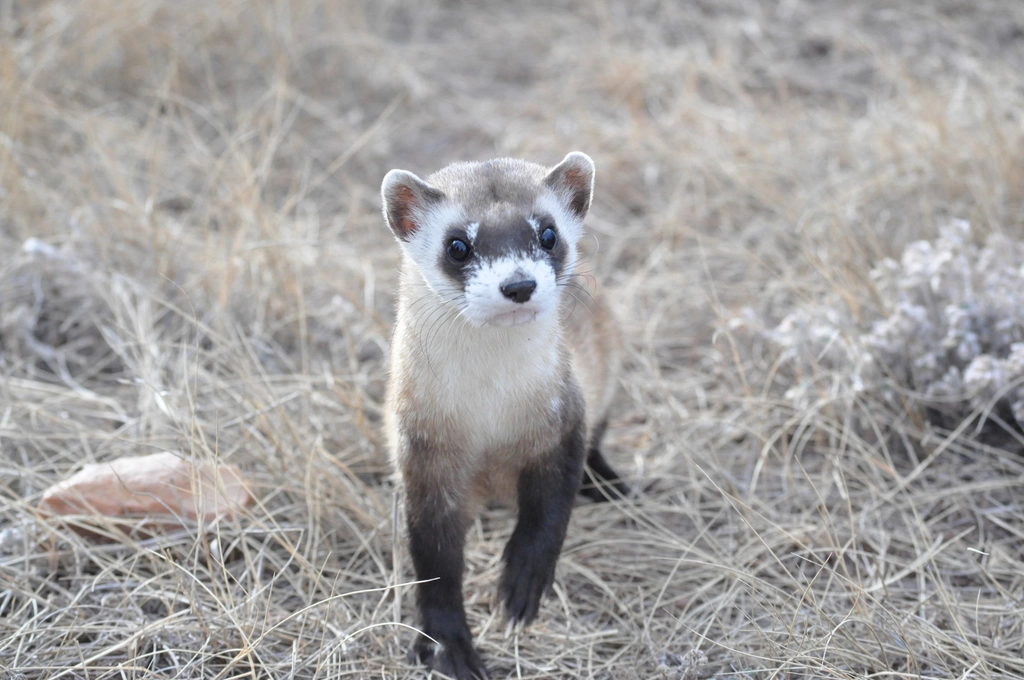
Within a group, ferrets establish a clear social hierarchy. There’s often a dominant ferret who takes the lead during play or feeding time. This pecking order helps reduce conflict and ensures that everyone knows their place. Social ranking is established through playful wrestling, grooming, and sometimes subtle displays of dominance, like one ferret claiming the best sleeping spot. Interestingly, these hierarchies aren’t rigid; they can shift as group dynamics change. It’s a delicate balance, much like a group of friends navigating the ups and downs of daily life.
Ferret Friendships: Making and Breaking Bonds
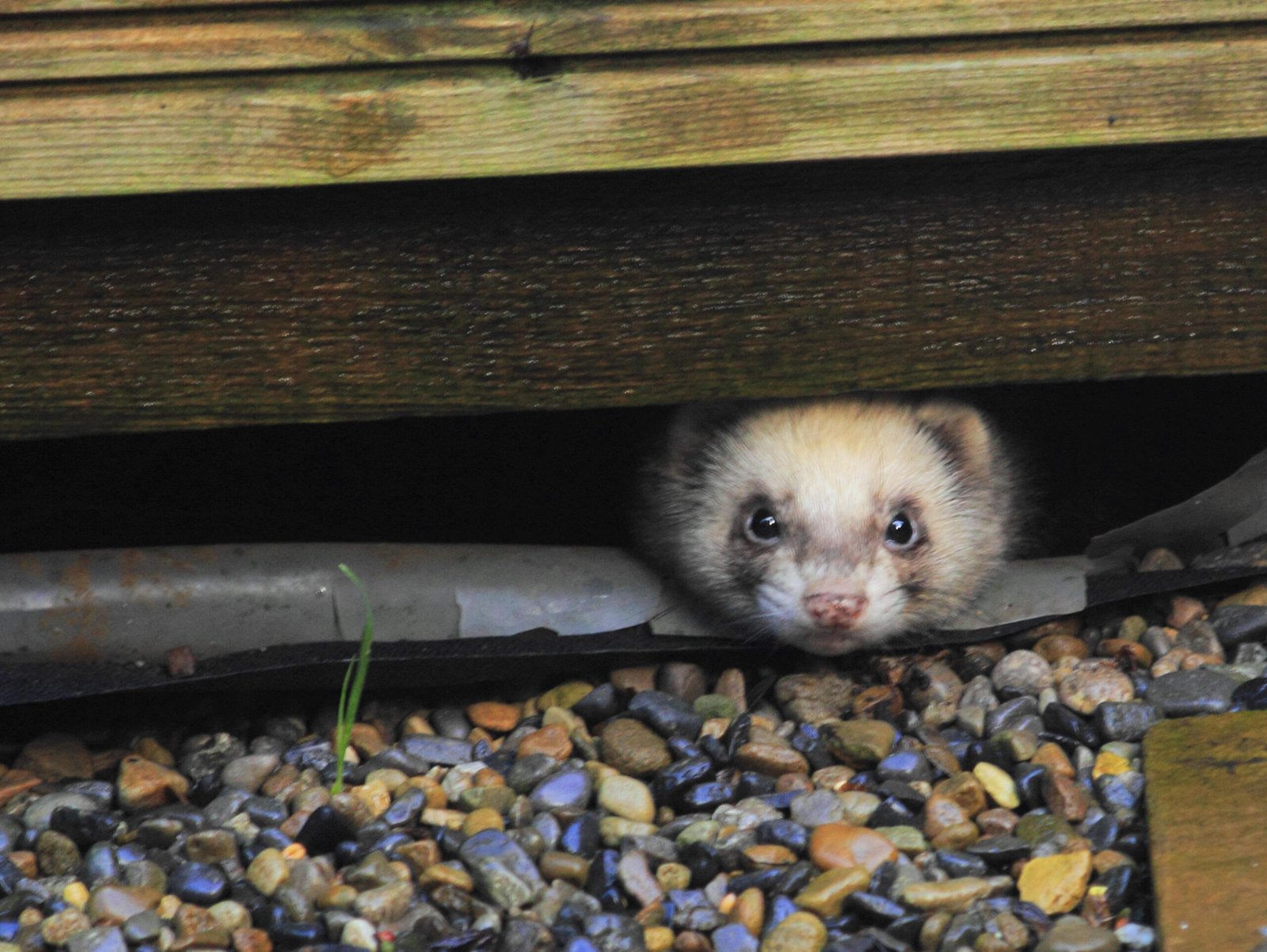
Ferrets are surprisingly selective when it comes to friendship. While they’re generally sociable, not all ferrets get along instantly. Introductions can be tense, with plenty of sniffing, chasing, and posturing before trust is established. Once bonded, ferret friendships are strong and enduring, with pairs often seen grooming or cuddling together. However, disagreements can and do happen—sometimes resulting in squabbles or even temporary fallouts. Observing these relationships unfold is a lesson in patience, forgiveness, and the complexity of animal emotions.
Ferrets and Other Pets: Cross-Species Dynamics
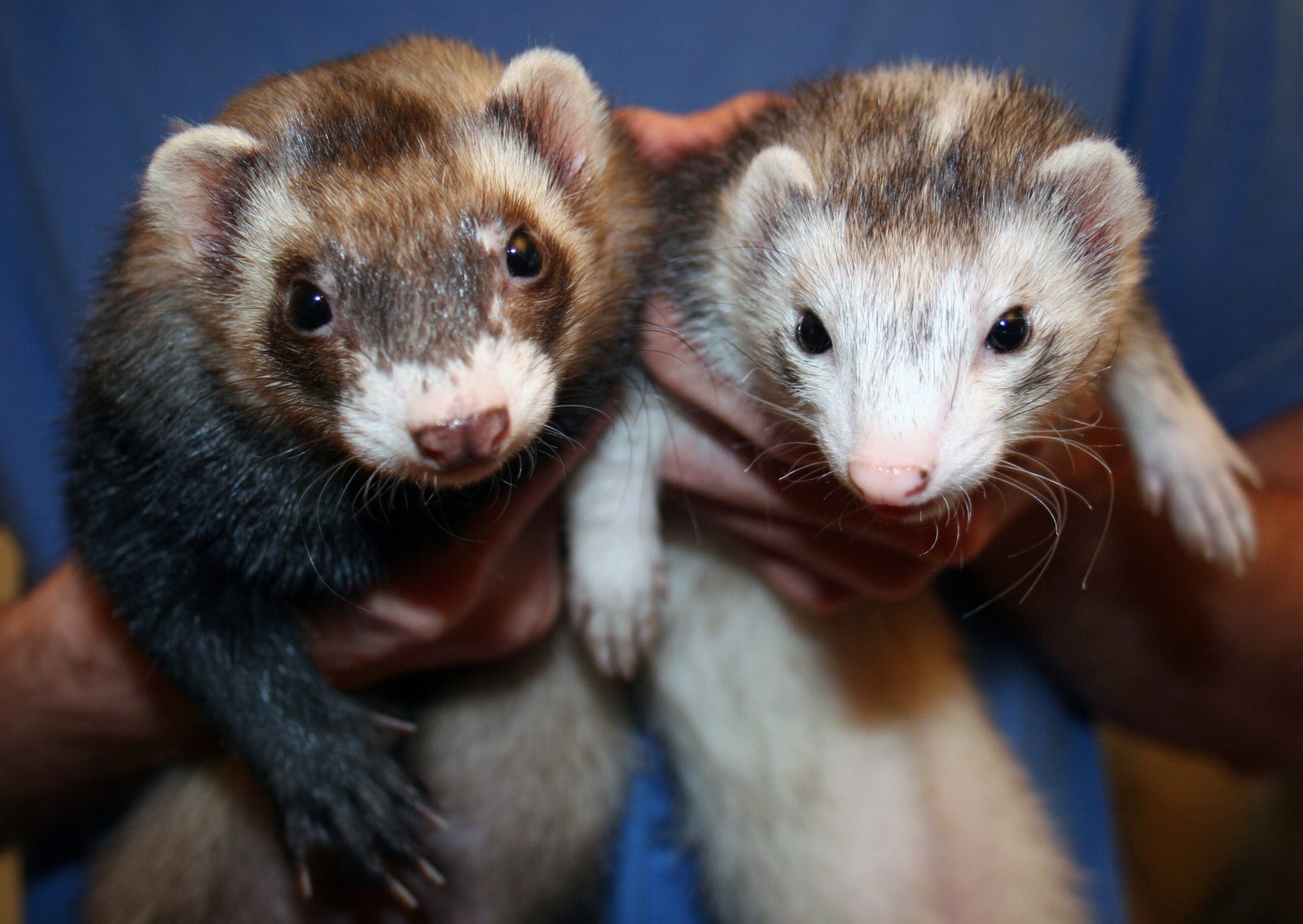
Bringing a ferret into a home with other pets can be a wild experiment. Ferrets are curious about cats and dogs, often trying to initiate play with their larger housemates. Sometimes this results in hilarious antics; other times, it requires careful management to prevent misunderstandings. While ferrets can form unlikely friendships with other animals, their predatory instincts mean that small rodents or birds are best kept far away. The key to harmony is slow introductions, supervision, and an understanding of each species’ unique body language and boundaries.
Emotional Intelligence: Ferrets Feel Deeply
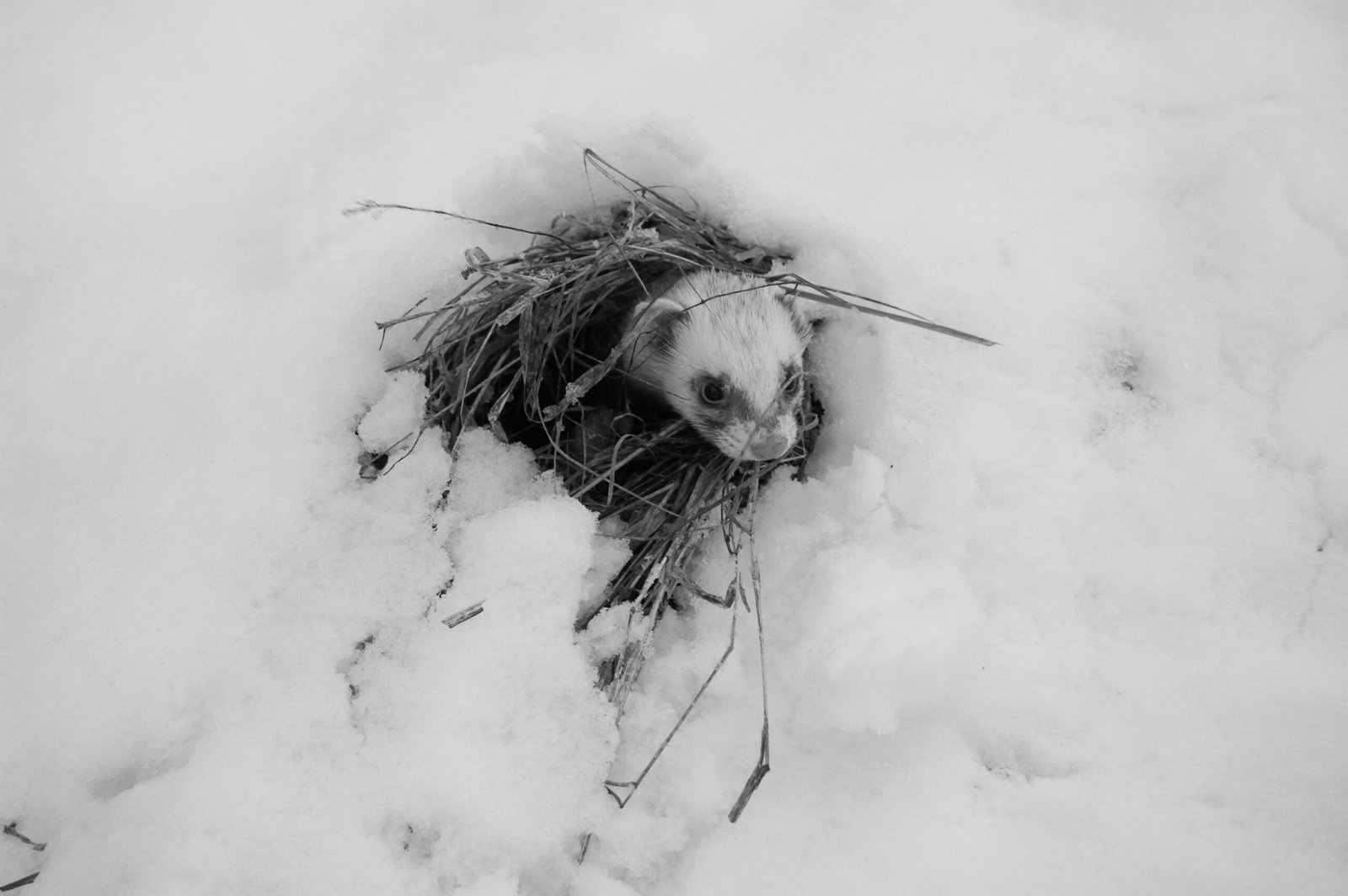
It might surprise some people to learn just how emotionally complex ferrets can be. They’re capable of joy, frustration, excitement, and even grief. When a companion is lost, some ferrets show clear signs of mourning—becoming withdrawn or lethargic. On the flip side, their happiness can light up a room, with exuberant dances and affectionate nuzzles. This emotional depth makes ferrets uniquely rewarding pets, but also means they require attention, socialization, and emotional care to thrive.
The Role of Scent in Ferret Society
Ferrets rely heavily on their sense of smell to navigate their social world. Scent marking is a key part of territory and identity. They have special scent glands that help them mark objects, spaces, or even each other. This olfactory communication is subtle but powerful, allowing ferrets to recognize group members and establish boundaries without constant confrontation. Owners often notice their ferrets rubbing their bodies against new objects or people, staking their claim in the most ferret way possible.
Learning Through Play: Social Skills in Action
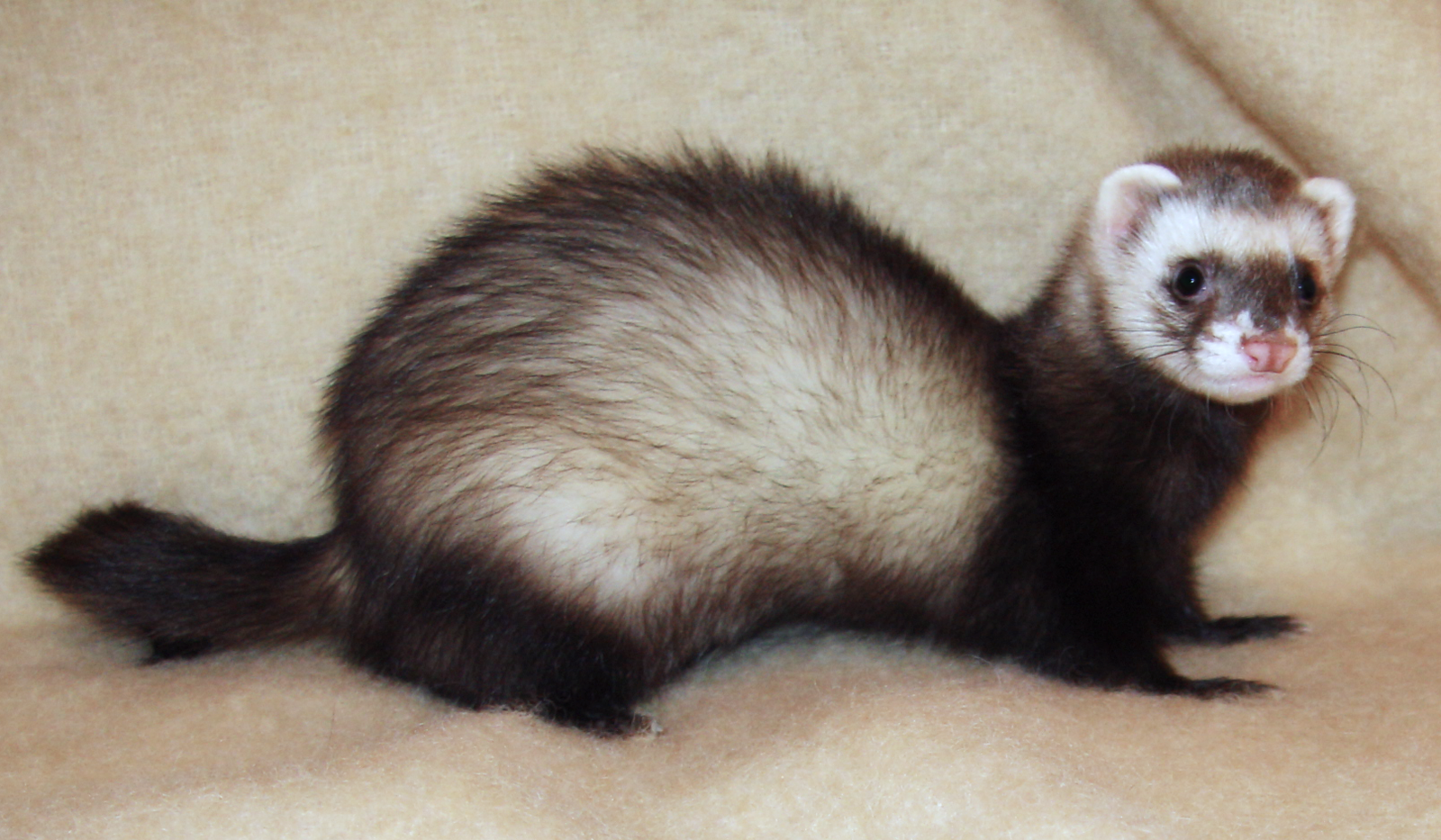
For ferrets, playtime isn’t just fun—it’s education. Young ferrets, called kits, spend hours wrestling, chasing, and exploring with their siblings. These games teach important skills like hunting, cooperation, and conflict resolution. Adult ferrets continue to play, honing their reflexes and maintaining social bonds well into old age. Through play, ferrets learn how to negotiate, share, and even apologize after a rough tumble. It’s a living classroom, where every lesson is wrapped in laughter and energy.
Human-Ferret Relationships: A Two-Way Street
The bond between humans and ferrets is a special one. Ferrets quickly learn to recognize their owners’ voices, scents, and routines. They greet familiar people with wagging tails and excited hops, eager for attention or a game of hide-and-seek. Many ferret owners describe their pets as almost dog-like in their loyalty, yet with a streak of independent mischief that keeps life interesting. The relationship is reciprocal—ferrets demand interaction and affection, but give back in spades with their loyalty and love.
Challenges of Ferret Social Life in Captivity
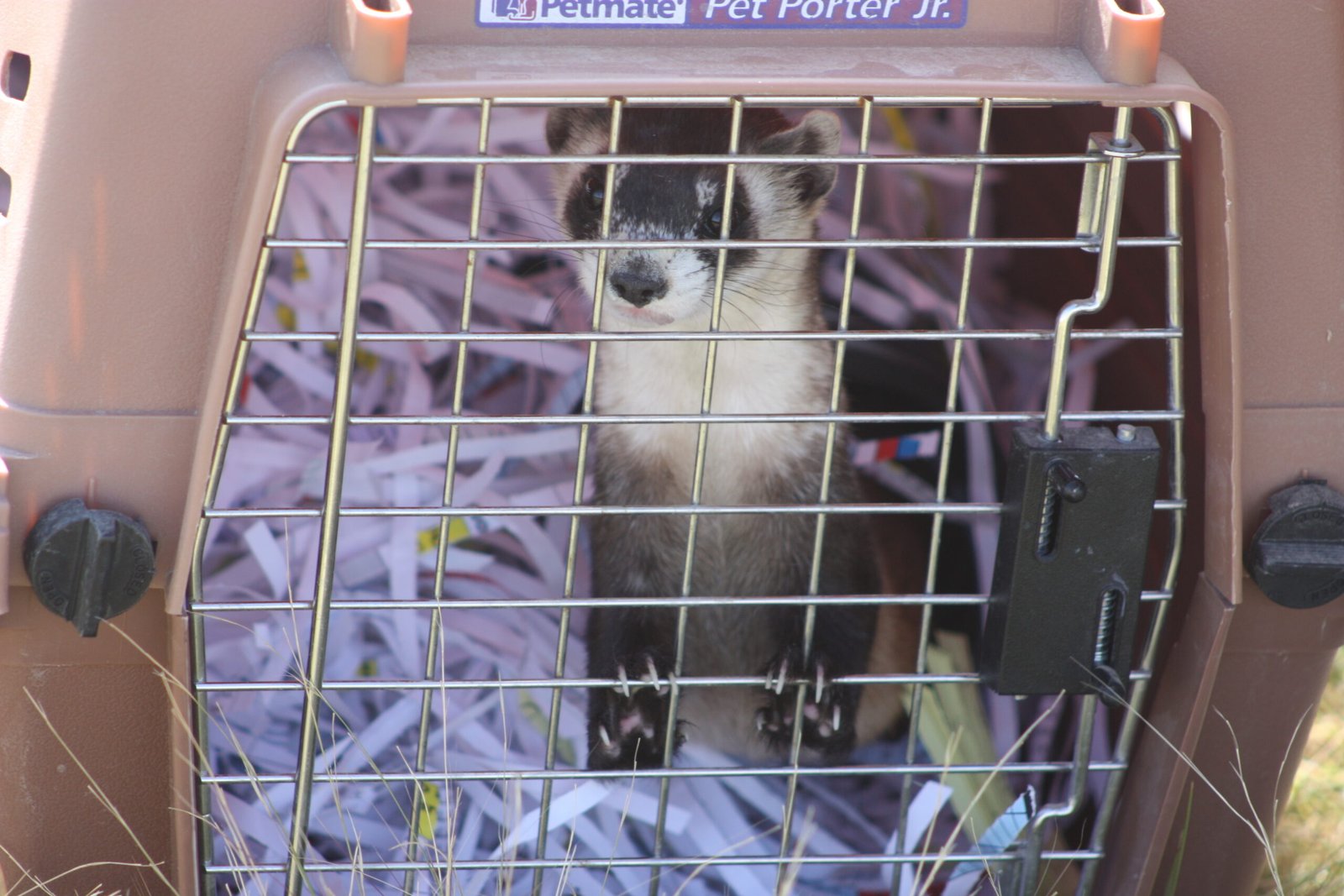
While ferrets are adaptable, captivity presents unique challenges. Without enough stimulation or social interaction, ferrets can become bored, lonely, or even depressed. Single ferrets need extra attention from their human companions to meet their social needs. Multiple ferrets require careful management to prevent fights and ensure everyone feels secure. Environmental enrichment—like tunnels, toys, and puzzles—helps keep their minds and bodies active. Understanding these challenges is vital for anyone hoping to provide a happy, healthy life for their ferret friends.
The Unpredictable Joys of Living With Ferrets

Living with ferrets is rarely dull. They bring a sense of unpredictability and joy to every day, sneaking off with your belongings one minute and curling up in your lap the next. Their antics can be hilarious, their affection heartwarming, and their intelligence downright shocking. Every ferret has its own personality—some bold, some shy, all endlessly curious. For those willing to embrace the chaos, ferrets offer a window into a world where play, friendship, and a little bit of mischief are the cornerstones of happiness.
Ferrets as a Mirror to Ourselves
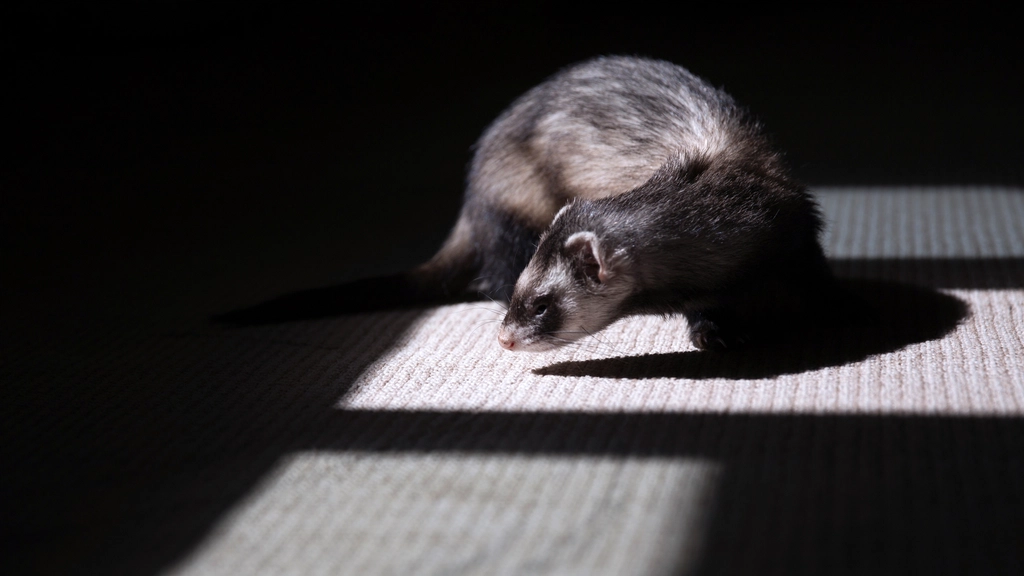
Observing ferrets in their social world, it’s hard not to draw parallels to our own lives. They crave companionship, thrive on play, and express a wide range of emotions from elation to sorrow. Their need for stimulation, adventure, and belonging mirrors much of what makes us human. Watching a ferret’s daily escapades can remind us to take life a little less seriously, to value our friendships, and to always keep a sense of wonder about the world around us. Isn’t it astonishing how much we can learn from a creature so small and full of spirit?




